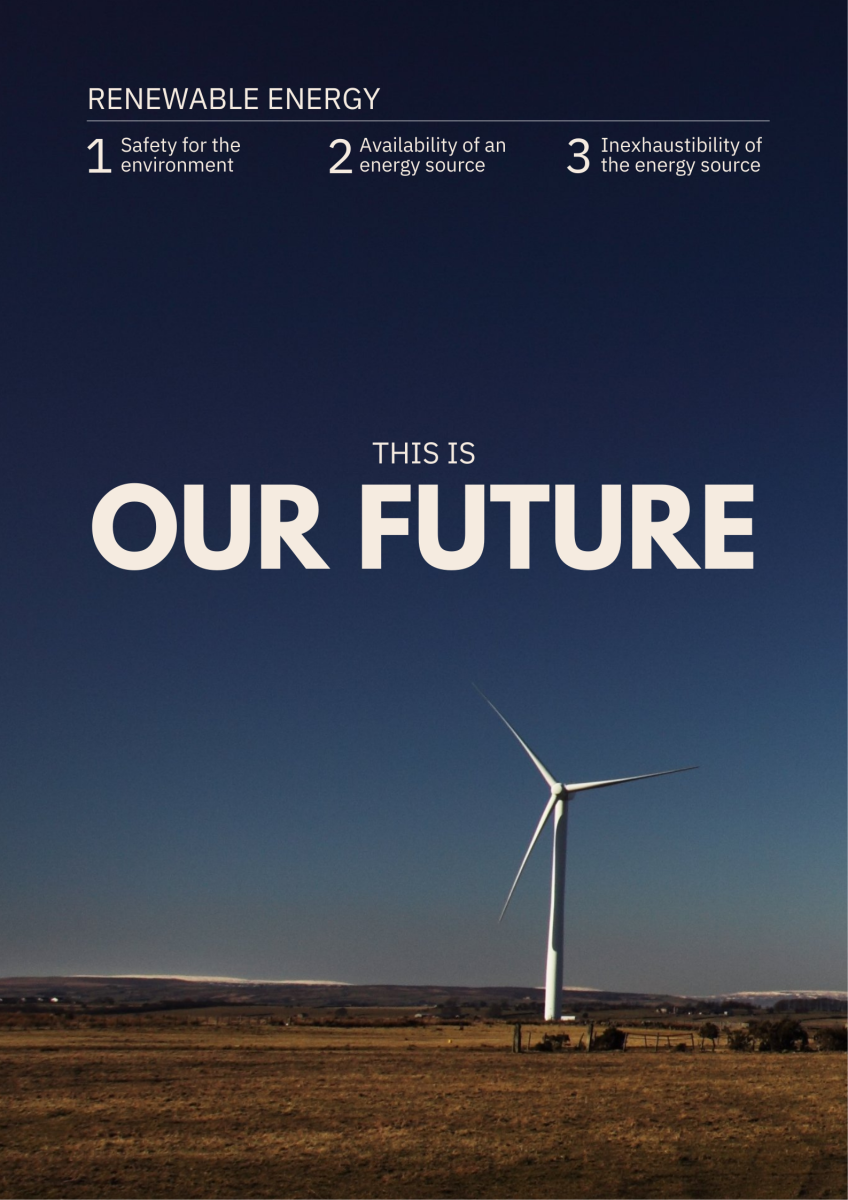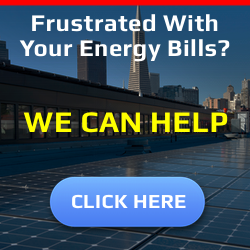In the context of climate change, energy insecurity, and increasing environmental concerns, renewable energy sources have taken center stage in international plans for sustainable development. Among them, wind energy is one of the most advanced and promising technologies. Being a clean, plentiful, and progressively cheap source, wind power is revolutionizing the way we produce electricity, mitigate carbon emissions, and ensure our energy future. The wind energy market is expected to undergo a valuation of US$ 172.7 billion by 2031, with an expected CAGR of 7.7% from 2023–2031
Understanding Wind Energy
Wind power is obtained from the natural motion of air over the Earth’s surface. The kinetic energy of the wind is harnessed by wind turbines, which translate it into mechanical energy and, finally, electricity via a generator. Contemporary wind turbines are feats of engineering, efficient enough to operate under different conditions and generate electricity on a scale from small domestic installations to large offshore wind farms.
There are two primary categories of wind energy systems: onshore and offshore. Onshore wind farms are constructed on land and are generally cheaper to build and maintain. Offshore wind farms, which sit in bodies of water, experience stronger and more uniform wind patterns, enabling more energy production. They are more complex to establish and require a higher initial investment.
Advancements In Wind Turbine Blade Design
One of the major developments has been the introduction of new materials that turbine blades are made of. New materials like carbon fiber and composites helped make them more robust, lightweight, and substantially more resistant to wear and tear.
Yet another aspect of developments zeroes in on blade designs to enhance aerodynamics. The most cutting-edge blade designs boast features like serrated edges and small winglets (think of airplane wings), enabling them to outperform traditional blades in efficiency, as well as produce less noise.
When it comes to R&D, computer-aided design (CAD) tools and virtual computational fluid dynamics (CFD) simulations also contribute to the optimization of blade designs. These sophisticated methods simulate the behavior of wind flow over blade surfaces, providing designers with valuable knowledge.
Emerging Trends in Wind Turbine Design
The ever-growing demand for dependable, environment-friendly, and affordable wind turbines is paving the way for the development of new generations and even types of devices. On its radar are a couple of main developments:
- Bladeless Turbines: These turbines have no blades and, as a result, no gearbox, oil, or other elements of a traditional wind turbine design. They generate electricity by electromagnetic induction using a process called aeroelastic resonance. In plain English, they vibrate and slightly sway sideways in the wind, creating motion in the electromagnetic field to generate power. Their major advantages are being hugely environmentally friendly, having low noise pollution, and requiring very little requirement for maintenance.
- Floating Offshore Wind Turbines: By definition, floating designs are free from installation depth limitations, providing access to high-wind areas in deep waters, significantly increasing energy production, and addressing aesthetic and environmental concerns. The only disadvantage of this approach is the need for a complex and expensive cable system used to send electricity to the shore.
- Small Wind Turbines: The growing availability and affordability of small wind turbines can allow smaller businesses to generate their renewable energy and become independent from the national grid. I find they are ideal for remote, rural areas and off-grid applications thanks to their compact size and relatively low cost.
Challenges and Limitations
While it has several benefits, wind energy is not problem-free. One of its primary problems is intermittency, the fact that wind does not always blow. Such variability can affect the reliability of electricity supply, especially in regions that have limited grid networks or energy storage technology.
Land use and visual impact are other concerns hindering this market’s growth. Moreover, wind farms occupy large areas of land, and their presence can alter landscapes. This could also interfere with ecosystems at a great instance. Although most studies indicate that the environmental impact is small compared to other energy sources, community fears regarding noise, appearance, and wildlife, especially birds and bats, need to be managed through careful planning and regulation.
Governments’ Initiatives to Promote Wind Energy
Worldwide, the installation of wind power has been gaining momentum. The 2025 Global Wind Report presents a turning point for the wind energy sector. With 117 GW installed in 2024, wind power is advancing into new geographies and consolidating its position as a core pillar of the global energy transition. To provide the full benefits of wind energy and align with COP28’s agreements to triple global renewable capacity by 2030, wind installations have to grow fast.
The Centralized Data Collection and Coordination (CCDC) Wind Initiative aims to advance India’s wind energy development by improving wind resource assessment through accurate data collection and research. The initiative provides valuable insights for project developers, helping them identify the most promising locations for wind energy projects. It supports the efficient implementation of large-scale wind energy projects and encourages investments in the wind sector. The Government, through the National Institute of Wind Energy (NIWE), has installed over 800 wind-monitoring stations all over the country and issued wind potential maps at 50m, 80m, and 100m above ground level. As of 30 January 2024, India’s cumulative wind power capacity stands at 48.16 GW.
Conclusion
Wind power is today a cornerstone of the global renewable energy portfolio. Its environmental value, economic potential, and scalability make it an essential ally in the battle to mitigate climate change. There are still obstacles to overcome, but sustained innovation, investment, and policy support can ensure that wind power not only supports but also takes the lead in the transition of the world towards a sustainable energy future.
References:
Forbes: Advancements and Emerging Trends
Governments’ Initiatives: Global Wind Report and Centralized Data Collection and Coordination (CCDC)













